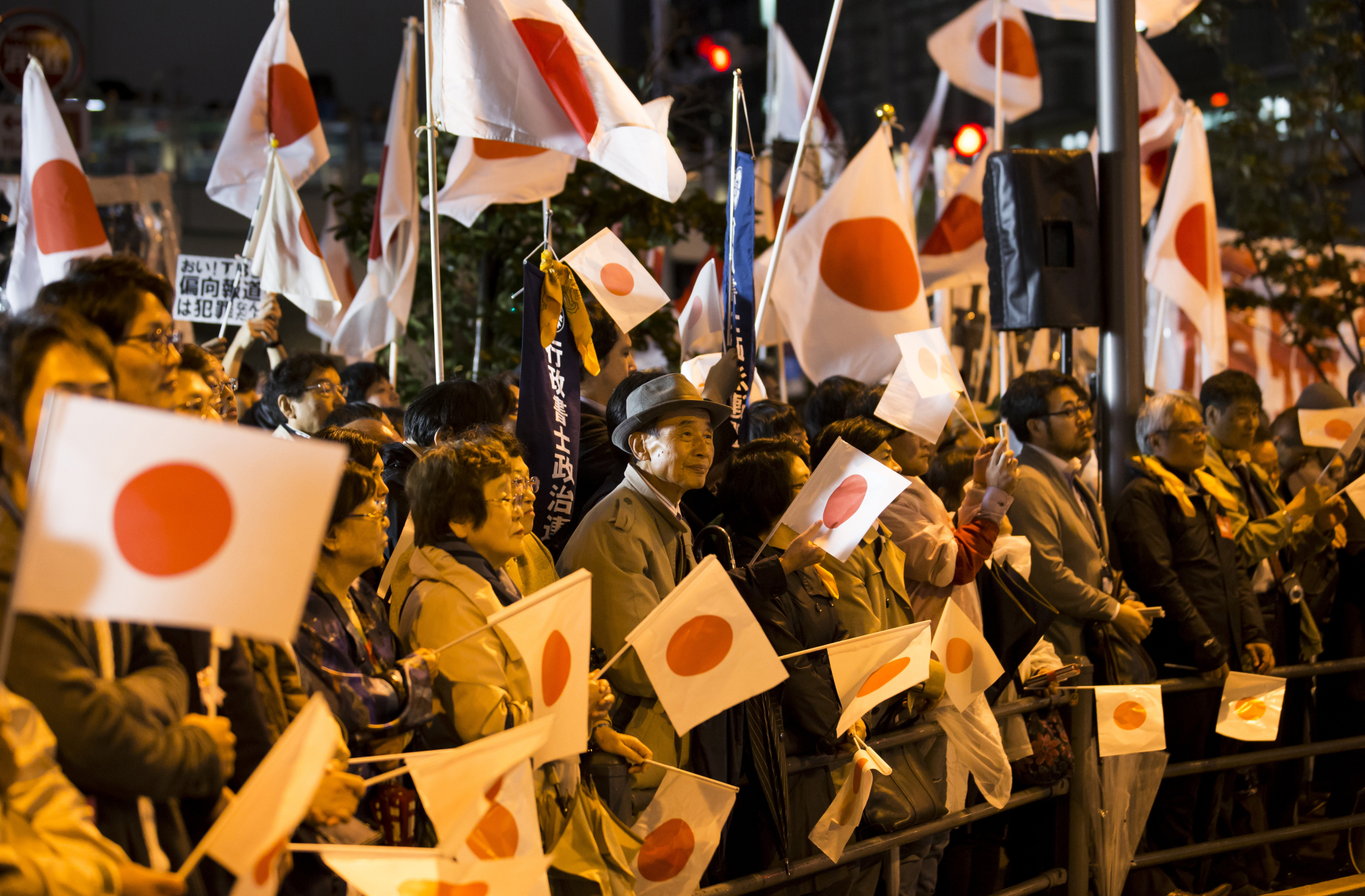Is the history of Japan since the Meiji Restoration one story or two? Political scientist Tetsuya Murai offers a quasi-continuous narrative grounded in the concept of the state as a living (and deciding) being.
The history of Japan since the Meiji Restoration must be approached as the story of two states: prewar Japan and postwar Japan. The logical dividing line between the two is Aug. 10, 1945, when Japan accepted the terms for surrender stipulated in the Potsdam Declaration. This gives a certain symmetry to the past 150 years, with prewar Japan persisting for 77 years and postwar Japan nearing the same age. Given this symmetry and the obvious differences between the constitutional and international systems governing the prewar and postwar eras, it makes sense to approach any political or diplomatic history of the past 150 years by comparing and contrasting the two.
That said, we need to acknowledge the limits of any approach that treats the two periods as divorced from one another, especially if we want to build a multidimensional picture integrating different perspectives.

















With your current subscription plan you can comment on stories. However, before writing your first comment, please create a display name in the Profile section of your subscriber account page.